Photo credits: Southern University Press
During the civil rights movement, Southern University’s Baton Rouge campus (SUBR) was a major focus due to its student protests.
On November 16, 1972, two black students were shot and killed by police who were trying to remove them from an administration building, which protesters had occupied. Although this happened only two years after the tragic Kent State shootings, the Southern University murders received much less attention from the media.
Black students had been protesting inadequate services at SUBR for weeks. When the students marched on University President Leon Netterville’s office, Lousiana Gov. Edwin Edwards sent 300 police officers in to break up the demonstrations.
It was during the subsequent confrontation that a still-unidentified officer fired a shotgun at students in violation of orders. When the smoke cleared, two 20-year-old students — Leonard Brown and Denver Smith — were dead.
Prior to the tragedy in 1972, Southern University of New Orleans (SUNO) was established in 1956. It was one of the first historically black schools to be established after the 1954 Brown v. Board of Education decision, which officially desegregated educational institutions across the nation.
However, SUNO was seen by many desegregation advocates as a thinly veiled attempt to keep African Americans out of the white system of higher education. Nonetheless, the institution opened in 1959 with 158 students, 88% of whom were from New Orleans.
SUNO awarded its first baccalaureate degrees in 1963. It soon developed into a four-year mostly commuter-centered university with numerous evening and weekend study programs.
References: Dixon, K. (2010 November 27) Southern University [New Orleans] (1956). Retrieved from https://www.blackpast.org/african-american-history/southern-university-1880/
Scott, M. (2018 February 19) 1972 Southern University shooting highlighted in new PBS doc. Retrieved from https://www.nola.com/entertainment_life/movies_tv/article_716fdffa-5904-5d67-8678-5b2cd5362fb8.html
*BlackThen.com writer and historian Victor Trammell edited and contributed to this report.





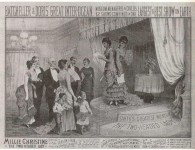
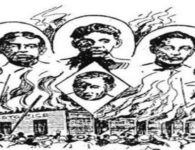
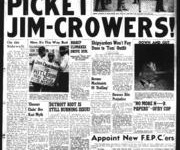
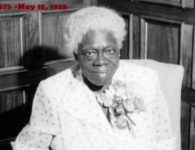
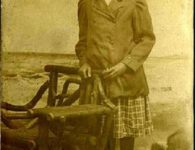
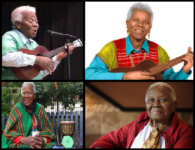
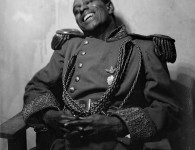


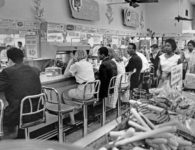
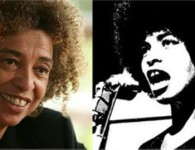
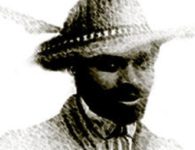

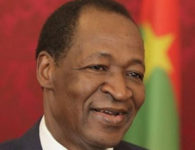


No comments